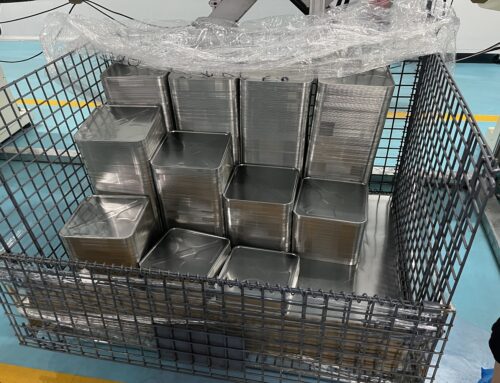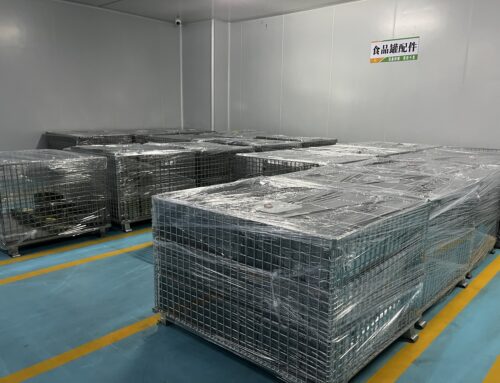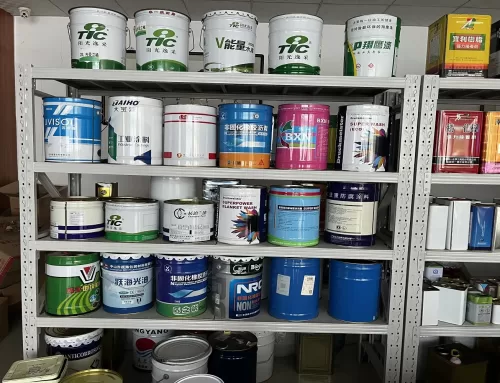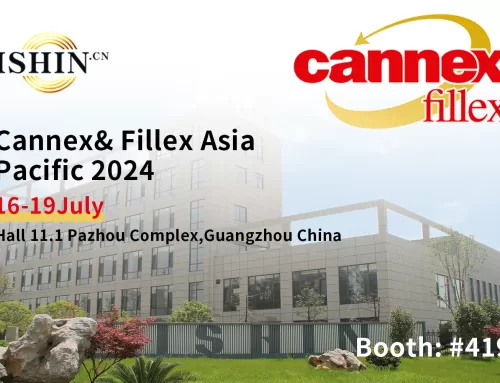Specific inspection standards and methods refer to QB1877-1993 for printed tinplate packaging.
Key New Technologies
CIP Technology
(1) Definition
Computer To Plate (CTP) – Offline direct plate-making
Computer To Press – Direct plate-making on the press
Computer To Paper/Print – Direct printing
Computer To Proof – Direct digital color proofing
Computer-to-conventional Plate – Conventional PS plate direct plate-making technology
Currently, without specific clarification, CIP generally refers to Computer To Plate, which is offline direct plate-making. This system skips intermediate processes like making film and plate exposure. Instead, it directly images the pre-edited and laid-out plate information through laser scanning onto the printing plate.
(2) Development History
1960s-1970s: Theoretical research
1970s-1980s: Lack of theoretical support, in the experimental and exploratory phase
1990s: Maturity and industrial application reached
1995 DRUPA Exhibition: The beginning of CTP technology
Worldwide CTP Equipment Status:
1995-1997: Many large printing companies adopted CTP systems, but they were expensive
1997-1998: Prices significantly dropped, and small to medium-sized printing factories (other printing industries) began adopting CTP
1998 to present: Widely used abroad, but the application in domestic tinplate printing is currently at zero.
(4) Plate-making Process
(1) Laser Phototypesetting Process: The laser phototypesetting process is illustrated in Figure 3-24.
(2) CTP Direct Plate-making Process: The CTP direct plate-making process is shown in Figure 3-25.
It can be observed that the CTP process is much simpler compared to traditional laser phototypesetting.
(5) Advantages of CTP Technology
CTP technology achieves the transformation of pre-press from semi-digital, semi-analog to purely digital.
Improves work efficiency, simplifies processes, shortens plate-making time, and reduces pre-press preparation time.
Enhances print quality, as the reduction in steps makes quality easier to control.
CTP technology facilitates the use of frequency modulation screens.
(6) Drawbacks of CTP Technology
Expensive.
High-Fidelity Printing Technology
Compared to traditional printing, high-fidelity printing offers clearer patterns, brighter colors, and a wider color gamut. Currently, Hangzhou COFCO Packaging possesses this technology.
Multi-color UV Curing Printing Technology
(1) Development History
1970: Introduction
Early 1980s: 10% UV ink/UV varnish introduced
Early 1990s: Slow development of UV ink, interest turns to UV varnish
1996: Rapid development of UV ink and varnish
2000: Extensive use of UV ink and varnish in metal printing
2004: On the verge of replacing traditional printing.
(3) Curing Principle
Unlike traditional drying oven drying techniques, UV curing technology mainly utilizes UV curing equipment. Under the irradiation of ultraviolet light (UV) with a wavelength of approximately 180-420nm, the base material (UV-curable resin) in the ink and varnish, activated by a photosensitizer, opens unsaturated double bonds in a very short time. This initiates polymerization and cross-linking reactions, causing the ink and varnish to cure (form large molecules).
(4) Advantages of UV Printing Technology
Environmentally friendly: No volatile organic compound (VOC) emissions, avoiding pollution to nature.
Energy savings: Eliminates the need for drying ovens, saving gas costs.
Space and maintenance cost savings: No need for drying ovens, saving about 50% of printing space and reducing daily maintenance, repair, and cleaning costs.
Fast speed, instant drying, enabling multi-color printing.
Improved product quality, reducing scratches caused by drying racks.
(5) Adaptation to Product Types
UV ink is generally suitable for products such as beverage cans, aerosol cans, food cans, and crown caps. However, UV varnish currently has limitations on beverage cans and food cans. In addition, UV varnish and UV ink still need to address paint peeling issues on large two-piece cans with significant deformation.
(6) Physical and Chemical Properties of Products
In terms of color, adhesion, scratching, and hardness, UV varnish and UV ink perform similarly to traditional ink and varnish on products such as beverage cans, aerosol cans, food cans, and crown caps.
(7) Current Domestic Situation
Currently, major companies such as COFCO Packaging and Shanghai Baocai possess this technology.
Advanced Printing Equipment Features
(1) High Speed
Currently achieving 10,000 sheets/hour (continuous feeding).
(2) Automation: ①Automatic ink adjustment ②Automatic cleaning of ink path ③ Automatic cleaning (rubber, plate, bottom roller) ④ Automatic plate loading and changing ⑤ Automatic registration device ⑥Double feeding and double discharging for continuous feeding
(3) Multi-color
Figure 3-27 shows a B+K four-color UV printing machine.
(4) Intelligence ①Color scanning control system ②PS plate image scanning system
(5) Stable Quality Control ① Ink roller cooling system②Stable ink supply system
(6) UV Curing Equipment with ELC@=Electronic Control of Lamp Power.




